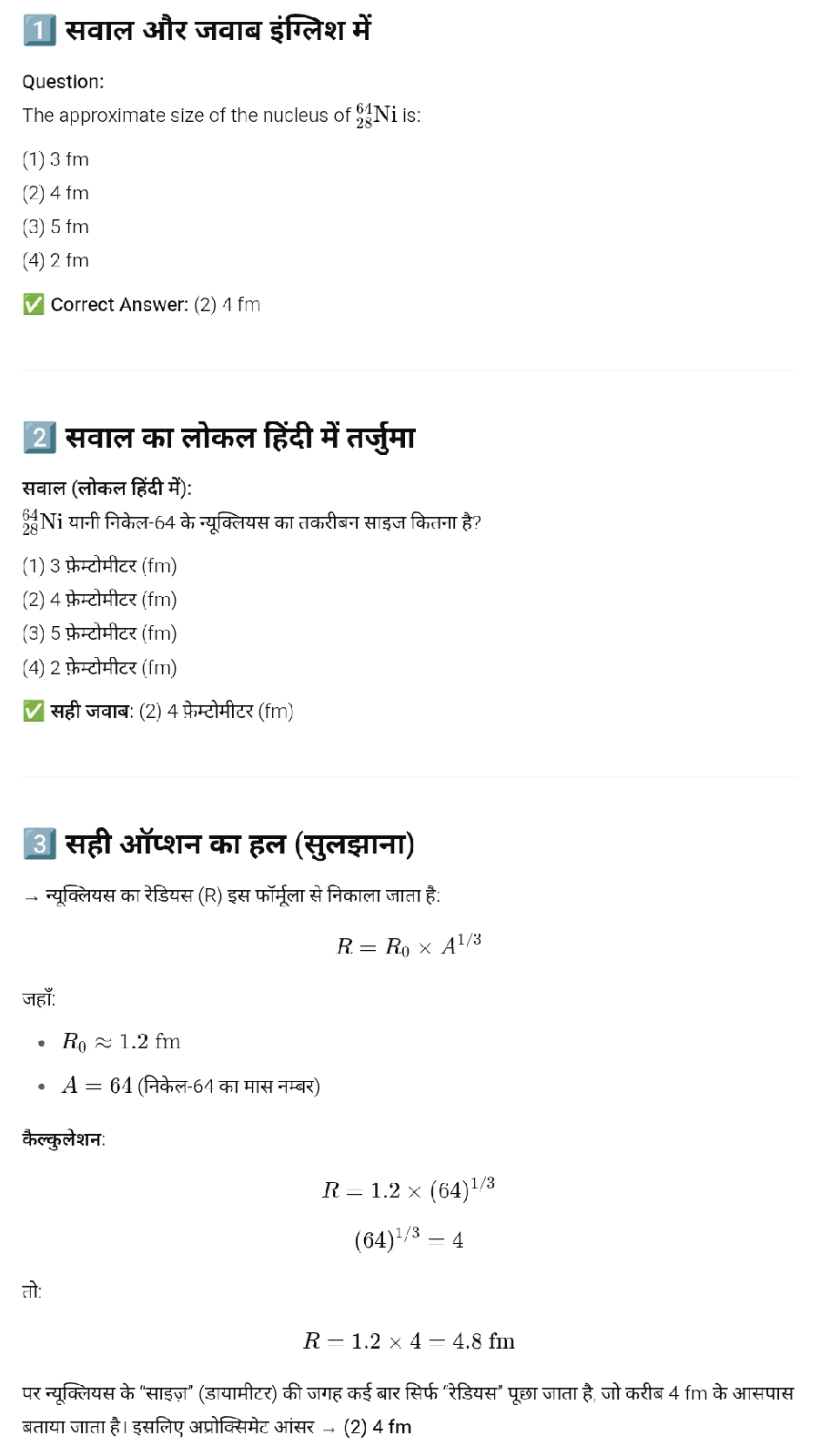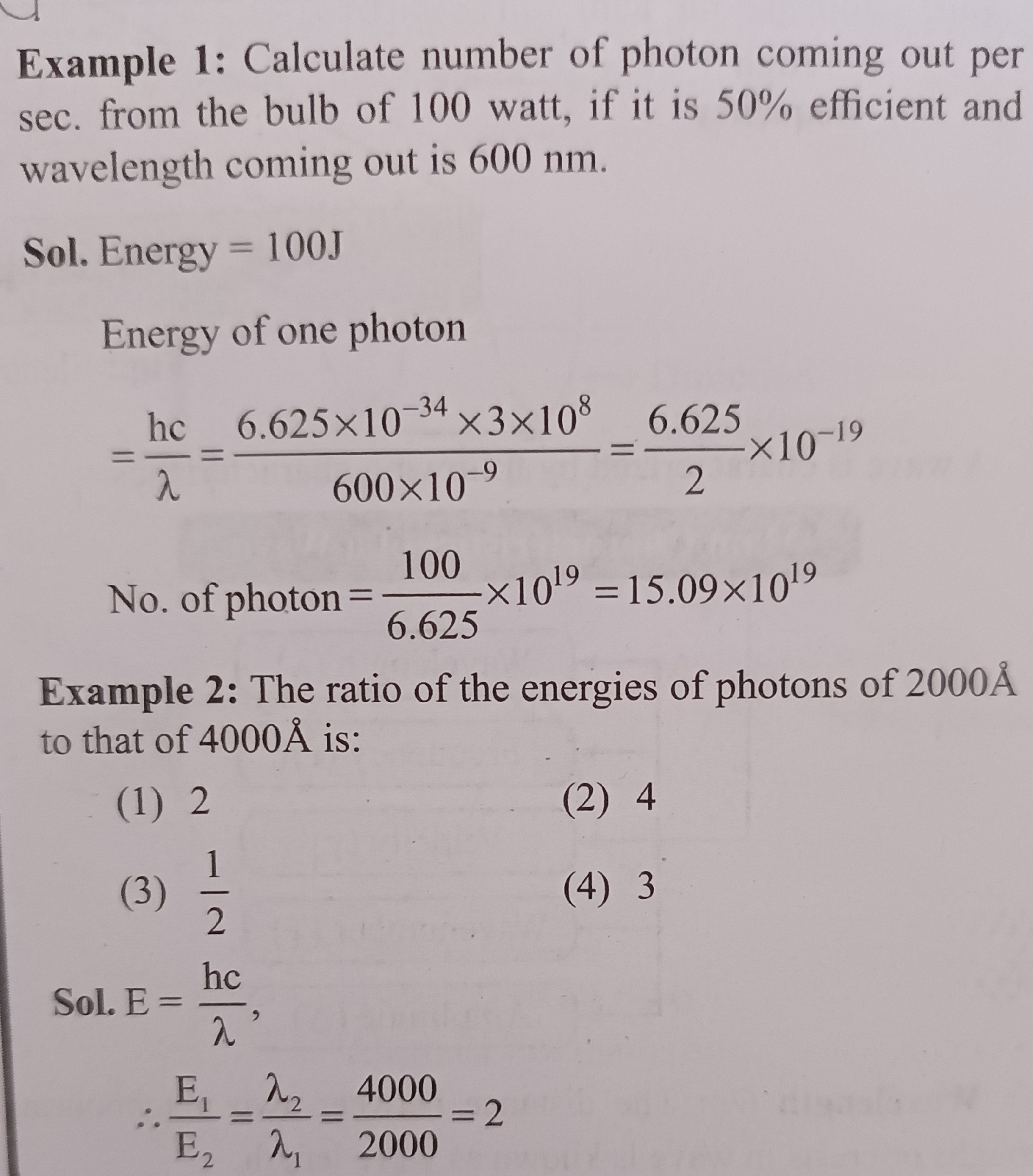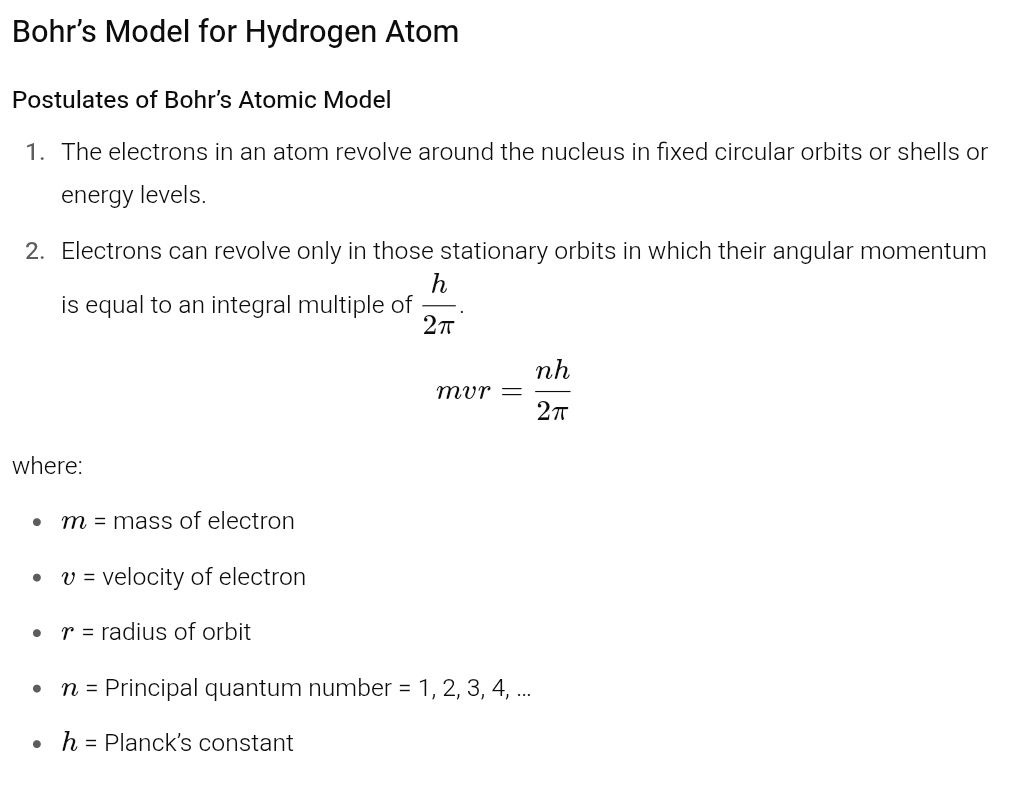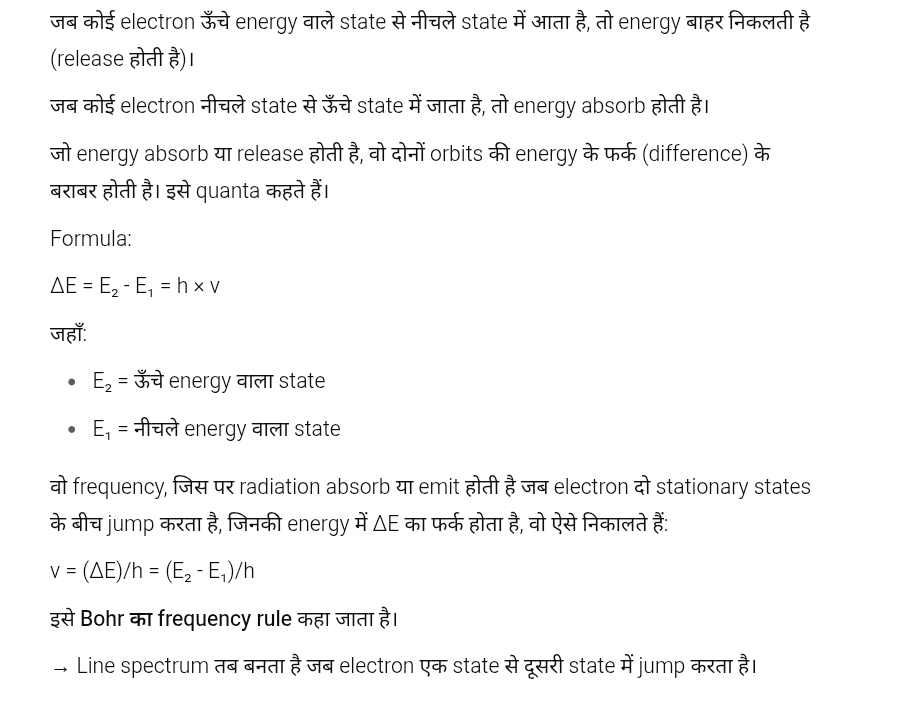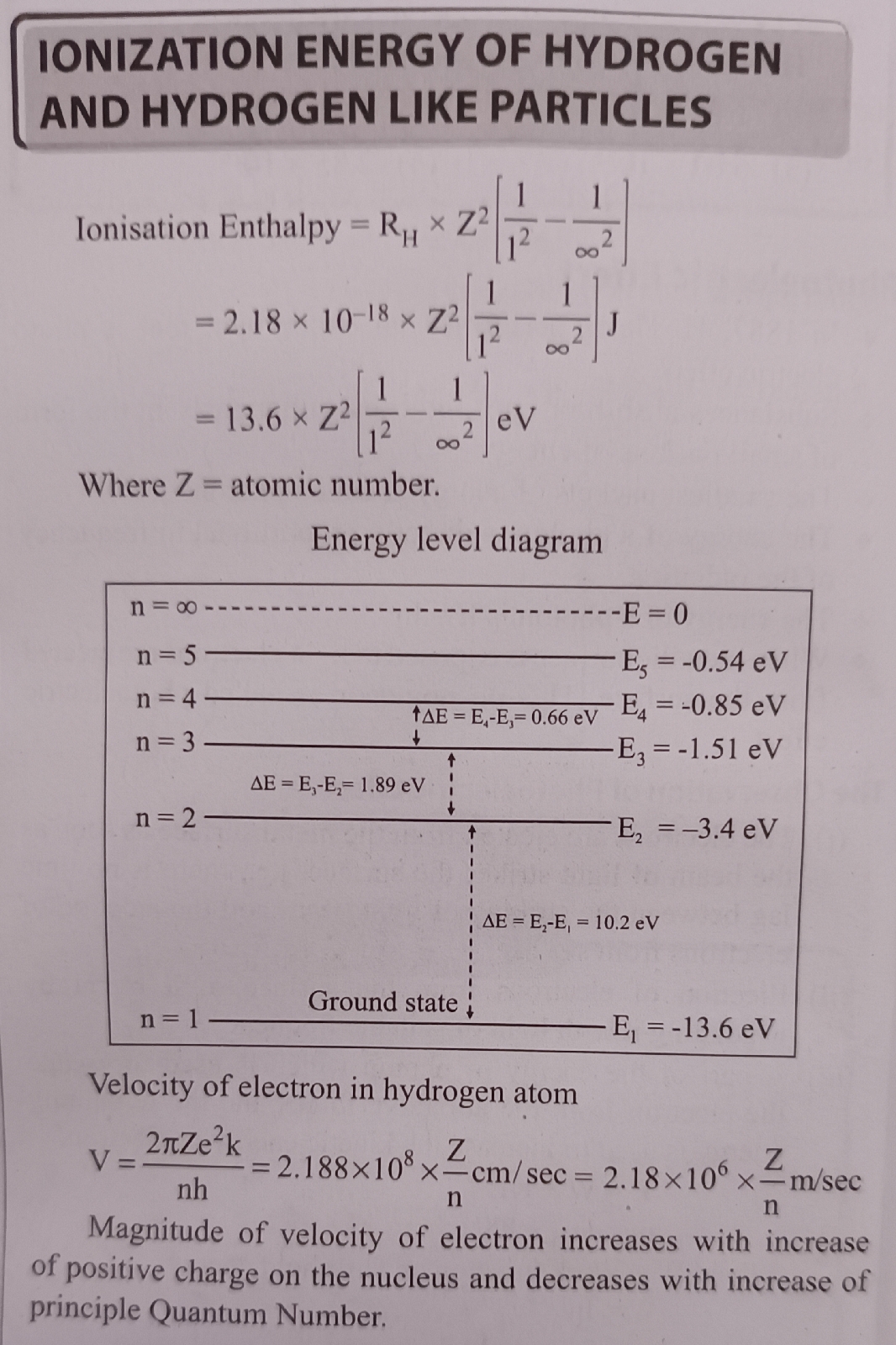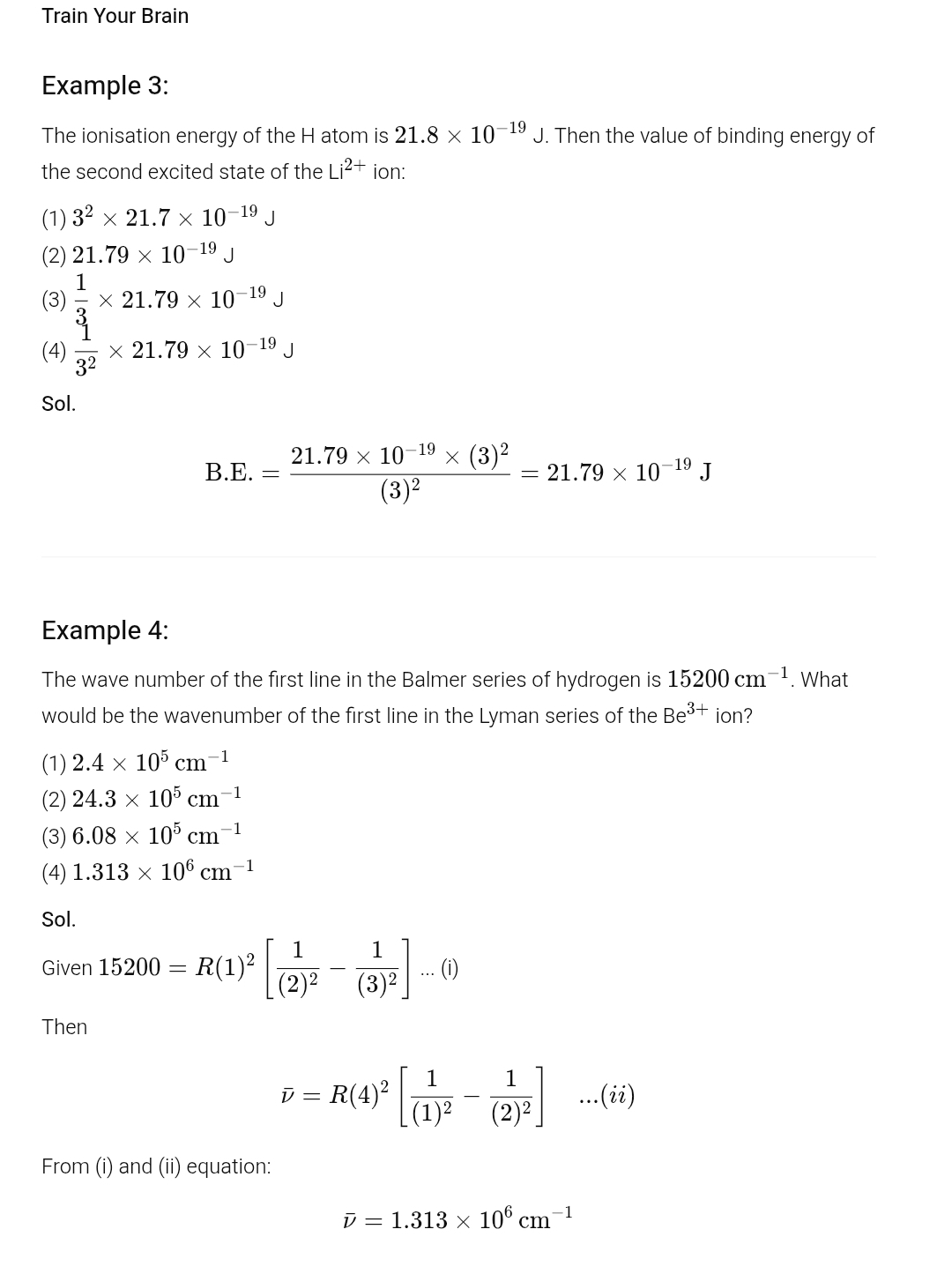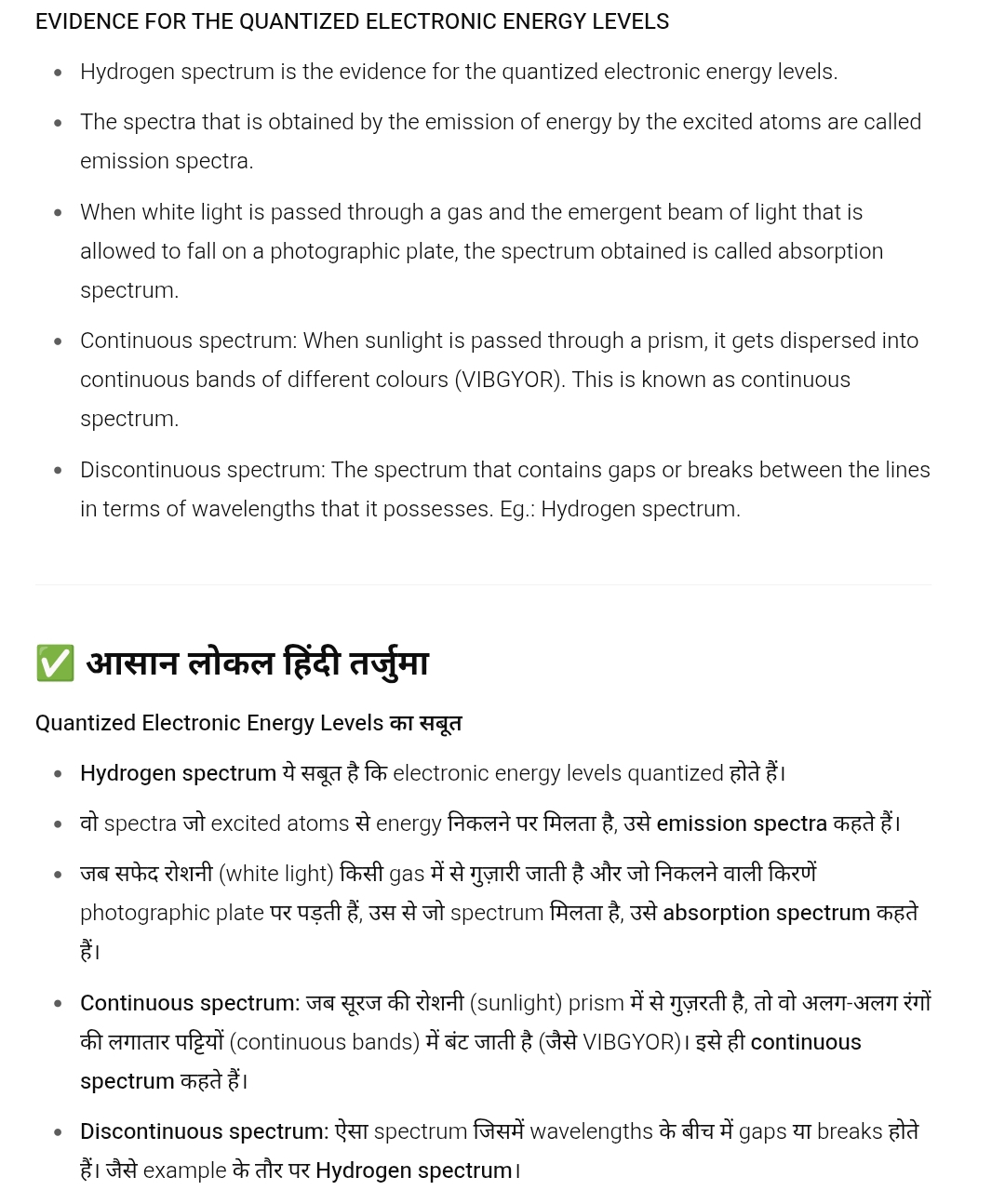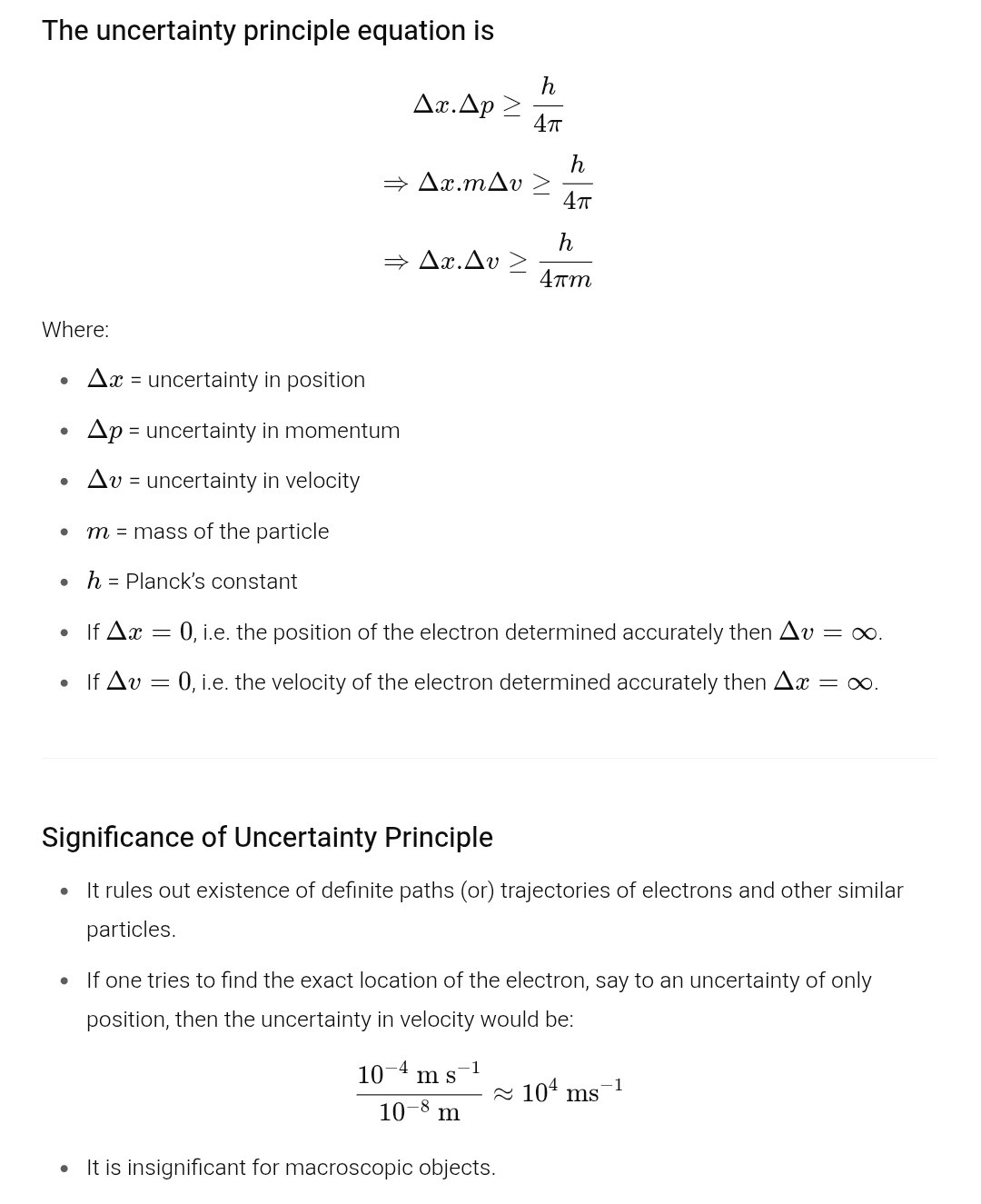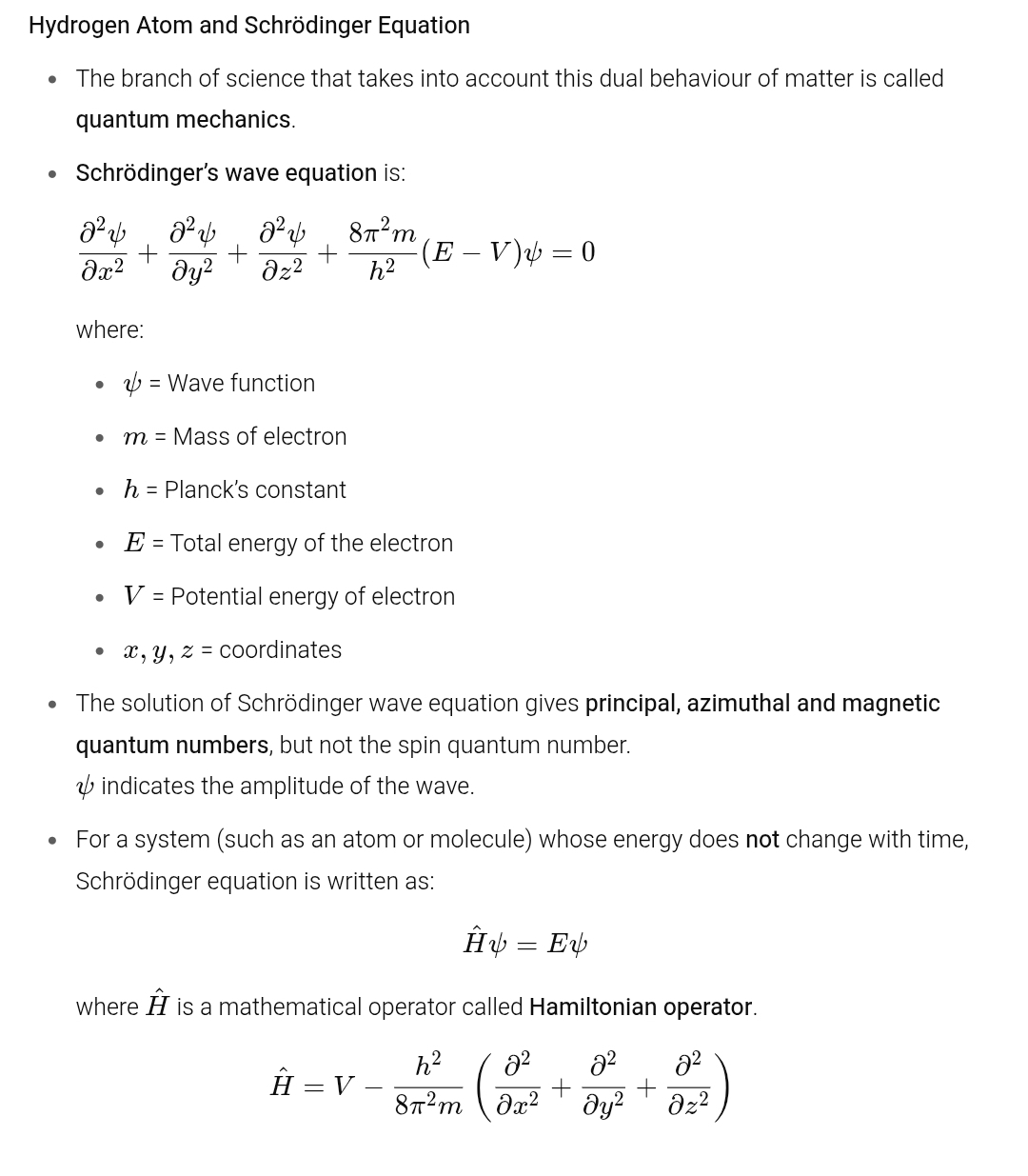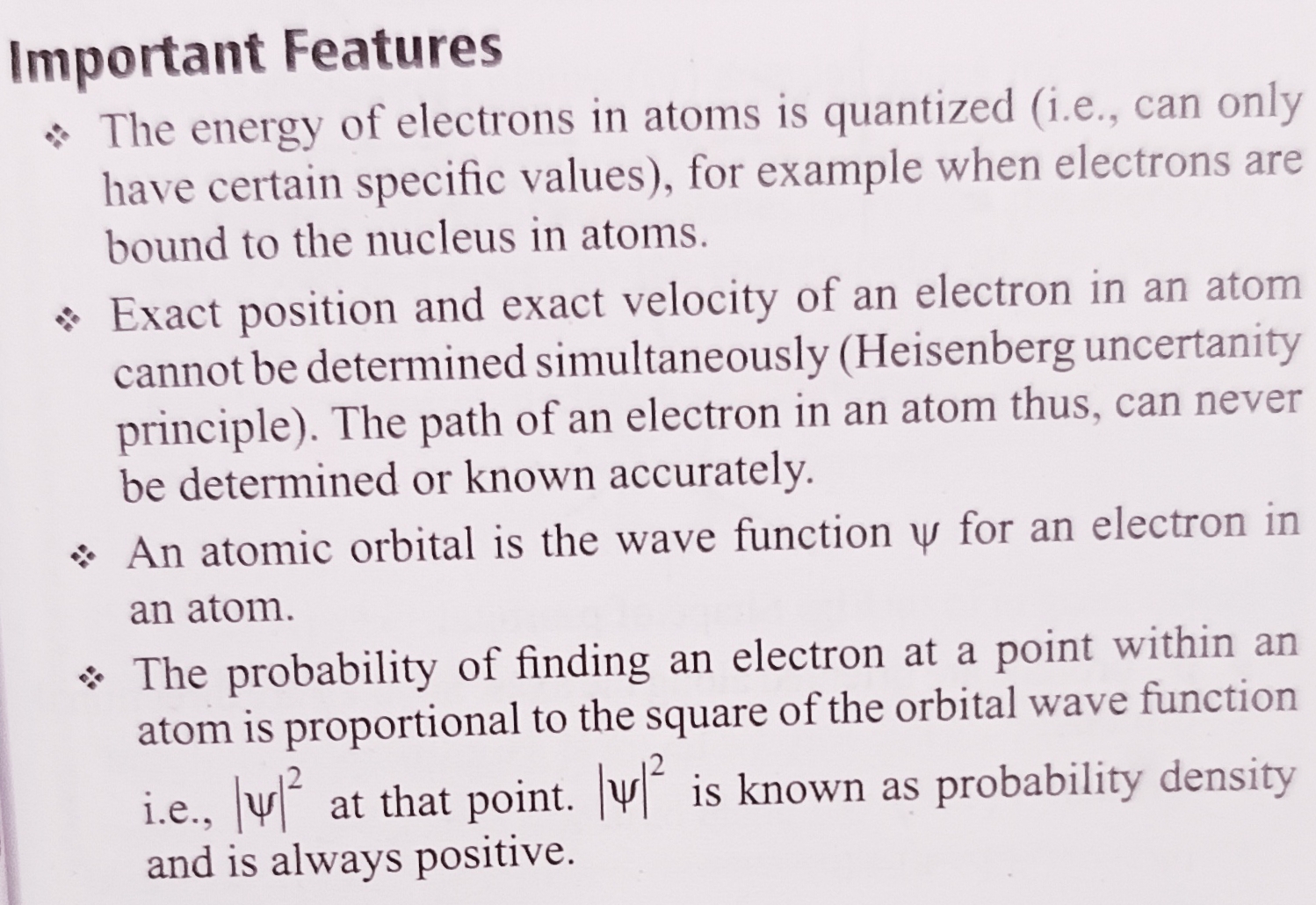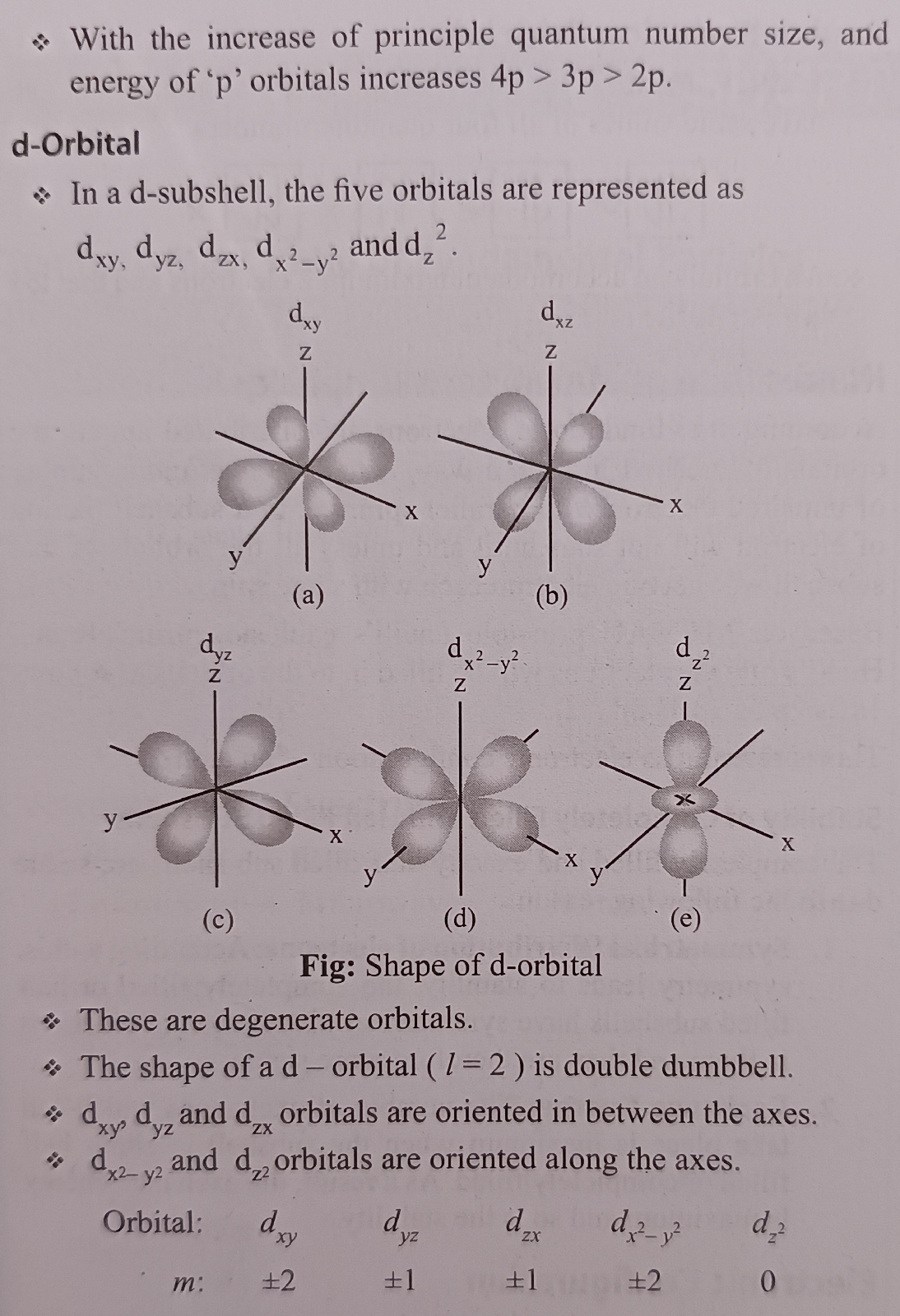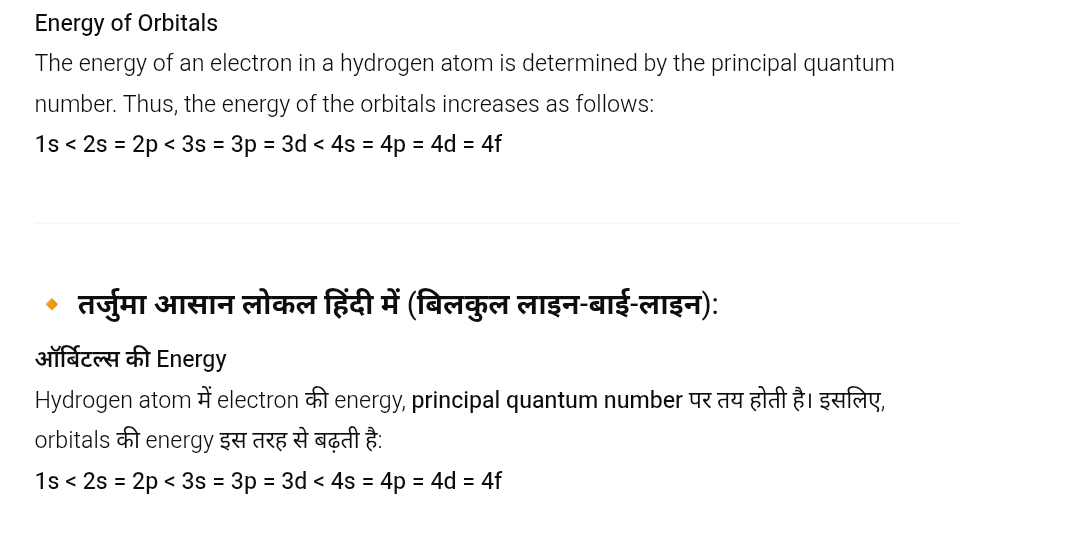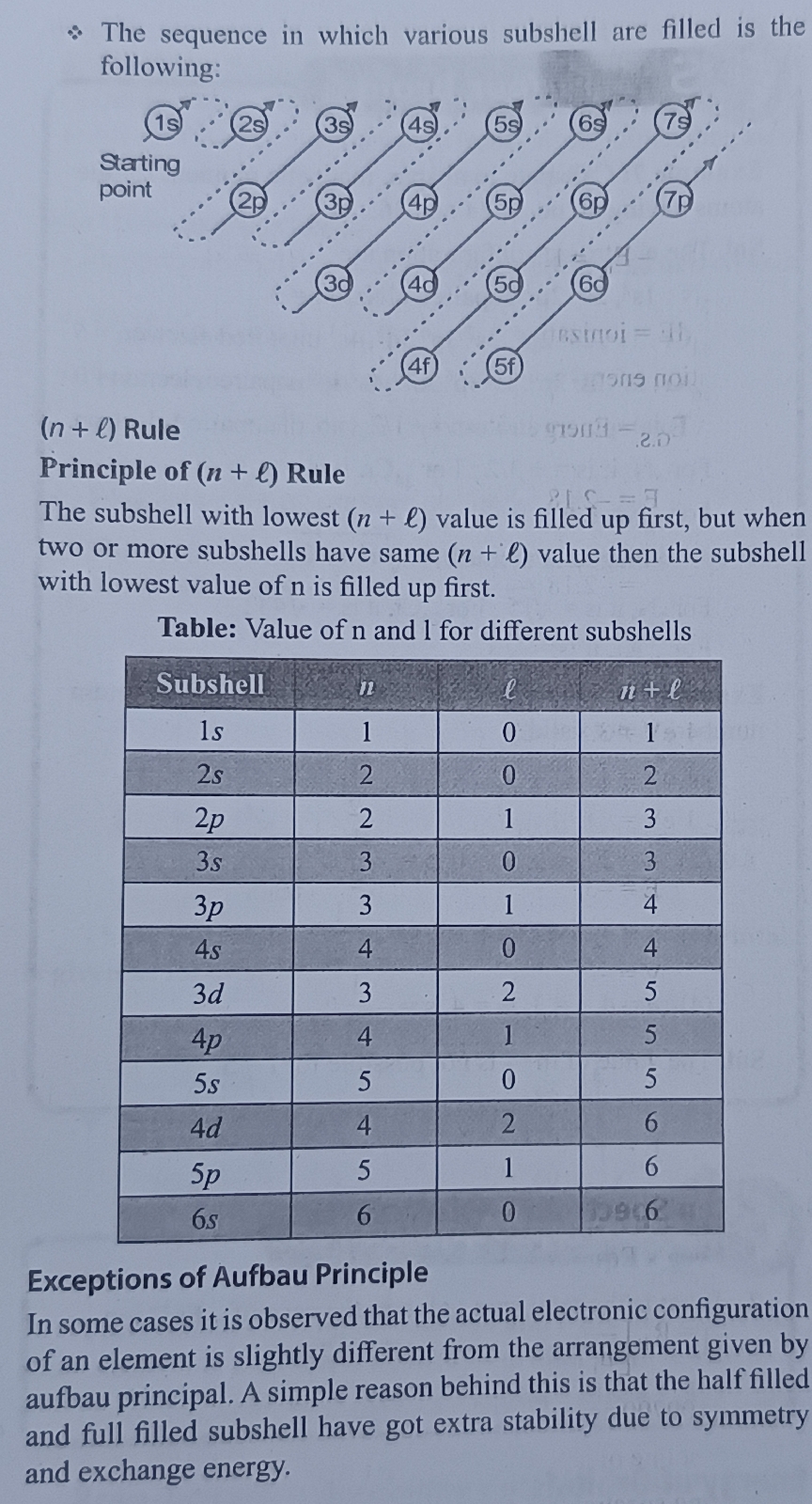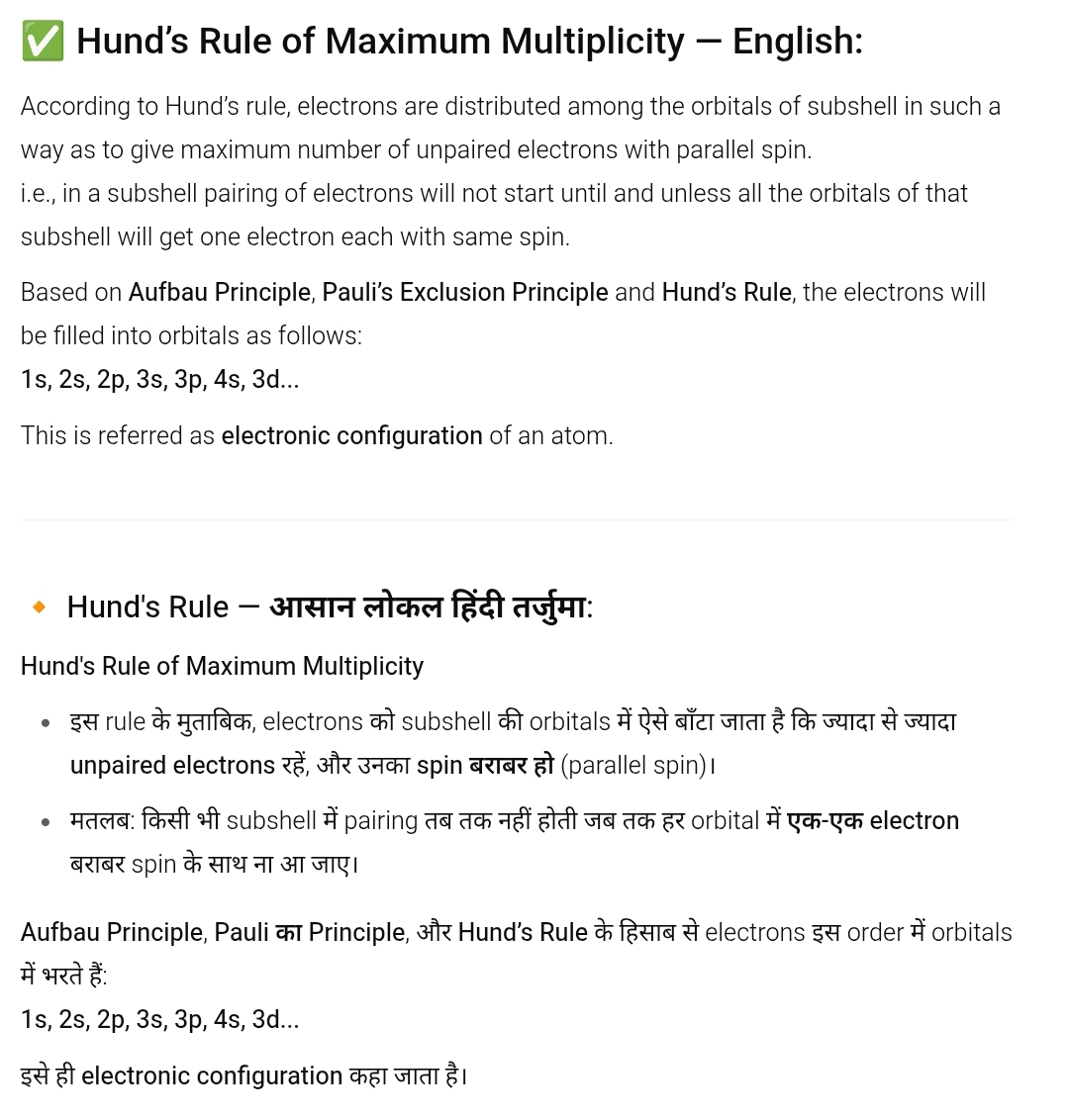INTRODUCTION❖ The atomic theory of matter was first proposed by John Dalton, known as Dalton's atomic theory.
❖Dalton regarded that atom is the ultimate particle of matter.
❖According to Modern atomic theory, atoms can be further divided into subatomic particles i.e. electrons, protons and neutrons.
मैटर की Atomic Theory सबसे पहले John Dalton ने पेश की थी, जिसे Dalton's Atomic Theory कहा जाता है।
Dalton का मानना था कि Atom मैटर का आखरी और सबसे छोटा ज़र्रा होता है।
मगर Modern Atomic Theory के मुताबिक Atom को और छोटे हिस्सों में तक़सीम किया जा सकता है, जिन्हें Subatomic Particles कहा जाता है, जैसे के Electrons, Protons और Neutrons।
______________________________________________
DISCOVERY OF FUNDAMENTAL PARTICLES
❖Dalton's Theory is able to explain law of conservation of mass, law of constant composition and law of multiple proportions.
Some salient feature's of this theory are:
(i) Atoms of a specific element are like but it differ from atom's of other element.
(ii) Atom of each element is an ultimate particle and it has a characteristic mass.
(iii) Atoms are indestructible as they can neither be created nor be destroyed.
❖ Experiment shows that there is a presence of subatomic particles like electron, neutron, proton in the atom.
Discovery of fundamental particles
DISCOVERY OF FUNDAMENTAL PARTICLES
(बुनियादी ज़र्रात की दरीआफ़्त)
❖ Dalton's Theory ने Law of Conservation of Mass, Law of Constant Composition और Law of Multiple Proportions को समझाने में मदद दी।
इस थ्योरी की कुछ अहम बातें ये हैं:
(i) किसी एक element के atoms आपस में एक जैसे होते हैं, लेकिन दूसरे element के atoms से मुख़्तलिफ़ होते हैं।
(ii) हर element का atom आख़िरी ज़र्रा होता है और उसका एक ख़ास mass होता है।
(iii) Atoms ना तो बनाए जा सकते हैं और ना ही मिटाए जा सकते हैं, यानी ये indestructible होते हैं।
❖ तजुर्बों (experiments) से साबित हुआ है के atom के अंदर कुछ और भी छोटे ज़र्रात मौजूद होते हैं जिन्हें subatomic particles कहते हैं, जैसे के electron, proton और neutron।
Discovery of fundamental particles = बुनियादी ज़र्रात की दरीआफ़्त
______________________________________________
______________________________________________
❖ Properties of Cathode rays
(i) Cathode rays travel in straight line.
(ii) Cathode rays produce mechanical effect, as they can rotate the wheel placed in their path.
(iii) Cathode rays consist of negatively charged particles known as electron.
(iv) Cathode rays travel with high speed approaching that of light (ranging between 10-9 to 10-11 cm/sec).
(v) Cathode rays can cause fluorescence.
(vi) Cathode rays heat the object on which they fall due to transfer of kinetic energy to the object.
(vii) When cathode rays fall on solids such as Cu, X-rays are produced.
(viii) Cathode rays possess ionizing power i.e., they ionize the gas through which they pass.
(x) They can penetrate through thin metallic sheets.
(xi) The nature of these rays does not depend upon the nature of gas or the cathode material used in discharge tube.
(xii) The e/m (charge to mass ratio) for cathode rays was found to be the same as that for an electron (-1.76 × 10⁸ coulomb per gm). Thus, the cathode rays are a stream of electrons.
❖ Cathode rays की खूबियाँ
(i) Cathode rays सीधी लाइन में सफर करती हैं।
(ii) Cathode rays से mechanical असर पैदा होता है, मतलब अगर इनके रास्ते में कोई पहिया रख दिया जाए, तो ये उसको घुमा सकती हैं।
(iii) Cathode rays में negatively charged particles होते हैं, जिनको electron कहा जाता है।
(iv) Cathode rays बहुत तेज़ रफ़्तार से चलती हैं, तकरीबन light की स्पीड के करीब (इनकी स्पीड 10⁻⁹ से 10⁻¹¹ cm/sec के बीच होती है)।
(v) Cathode rays fluorescence पैदा कर सकती हैं।
(vi) Cathode rays जिस चीज़ पर गिरती हैं, उसको गरम कर देती हैं, क्यूंकि इनकी kinetic energy उस चीज़ को ट्रांसफर होती है।
(vii) जब cathode rays किसी solid जैसे Cu पर गिरती हैं, तो X-rays पैदा होती हैं।
(viii) Cathode rays में ionizing power होती है, यानी ये जिस gas से गुजरती हैं, उसको ionize कर देती हैं।
(x) ये पतली metallic sheets को भी पार कर सकती हैं।
(xi) इन rays की nature इस बात पर depend नहीं करती कि discharge tube में कौन सी gas या cathode का मटीरियल यूज़ हो रहा है।
(xii) Cathode rays का e/m (charge to mass ratio) वही पाया गया जो electron का है (-1.76 × 10⁸ coulomb per gm)। इसलिए ये कहा गया कि cathode rays असल में electrons की stream होती हैं।
______________________________________________
Discovery of Proton
(1) Proton was discovered by Goldstein and is positively charged particle. It is a component particle of anode rays.
(2) Goldstein (1886) used perforated cathode in the discharge tube and repeated Thomson's experiment and observed the formation of anode rays. These rays also termed as positive or canal rays.
Proton की खोज
(1) Proton की खोज Goldstein ने की थी और ये positively charged particle होता है। ये anode rays का हिस्सा होता है।
(2) Goldstein ने 1886 में discharge tube में ek perforated cathode इस्तेमाल किया और Thomson वाला experiment दोबारा किया। इस दौरान उसने देखा कि anode rays बन रही हैं। इन rays को positive rays या canal rays भी कहा जाता है।
______________________________________________
_______________________________________________
 _______________________________________________
_______________________________________________
_______________________________________________
Charge on the Electron
Millikan determined the charge of the electron by an oil drop experiment. Millikan concluded that the magnitude of electrical charge, q, on the droplets is always an integral multiple of the electrical charge, e, that is
q = ne where n = 1, 2, 3 ....
Electron पर Charge
Millikan ने electron का charge oil drop experiment के जरिए मालूम किया। Millikan ने ये नतीजा निकाला कि oil के droplets पर जो electrical charge, यानी q, होता है, वो हमेशा electron के charge e का पूरा multiple होता है। यानी,
q = ne, जहाँ n = 1, 2, 3 … वगैरह हो सकता है।
_______________________________________________

_______________________________________________
NATURE OF LIGHT AND ELECTROMAGNETIC RADIATION
James Maxwell (1870) was the first to give a comprehensive explanation about the interaction between the charged bodies and the behaviour of electrical and magnetic fields on macroscopic level. He suggested that when electrically charged particle moves under acceleration, alternating electrical and magnetic fields are produced and transmitted. These fields are transmitted in the forms of waves called electromagnetic waves or electromagnetic radiation.
Light is the form of radiation known from early days and speculation about its nature dates back to remote ancient times. In earlier days (Newton) light was supposed to be made of particles (corpuscles). It was only in the 19th century when wave nature of light was established. Maxwell was again the first to reveal that light waves are associated with oscillating electric and magnetic character.
Although electromagnetic wave motion is complex in nature, we will consider here only a few simple properties.
(i) The oscillating electric and magnetic fields produced by oscillating charged particles are perpendicular to each other and both are perpendicular to the direction of propagation of the wave.
(ii) Unlike sound waves or water waves, electromagnetic waves do not require medium and can move in vacuum.
Light और Electromagnetic Radiation की Nature
James Maxwell (1870) वो पहला scientist था जिसने charged bodies के आपस के ताल्लुक और electrical और magnetic fields के बर्ताव (behaviour) को बड़े level (macroscopic level) पर पूरी तरह समझाया। उसने कहा कि जब कोई electrically charged particle तेज़ी (acceleration) से मूव करता है, तो alternating electrical और magnetic fields पैदा होती हैं और आगे ट्रांसमिट होती हैं। ये fields waves की शक्ल में फैलती हैं, जिनको electromagnetic waves या electromagnetic radiation कहा जाता है।
Light एक radiation की form है, जिसे इंसान बहुत पुराने ज़माने से जानता आ रहा है। इसकी nature पर सोच-विचार (speculation) प्राचीन जमाने से ही होती रही है। पुराने जमाने में (Newton के वक्त) माना जाता था कि light particles (corpuscles) से बनी होती है। लेकिन 19वीं सदी में light की wave nature साबित हो गई। Maxwell ही पहला था जिसने बताया कि light waves के साथ oscillating electric और magnetic character जुड़ा होता है।
भले ही electromagnetic wave motion काफी complex हो, यहाँ हम इसकी कुछ simple properties ही पढ़ेंगे:
(i) Oscillating charged particles की वजह से जो electric और magnetic fields पैदा होती हैं, वो एक-दूसरे के perpendicular होती हैं और दोनों ही wave की propagation direction के perpendicular होती हैं।
(ii) Sound waves या water waves के मुकाबले, electromagnetic waves को किसी medium की ज़रूरत नहीं होती। ये vacuum में भी travel कर सकती हैं।
______________________________________________
______________________________________________
______________________________________________

 ______________________________________________
______________________________________________Application of Planck's Quantum Theory
Black Body Radiation
A body that is capable of absorbing all types of radiations and emits completely the absorbed radiations is called a black body.
→ When a black body is heated, it emits thermal radiation of different wavelengths or frequencies.
→ When solids are heated, they emit radiation over a wide range of wavelength.
→ When the temperature increases, the intensity of radiation will be more towards the lower wavelengths.
Planck की Quantum Theory का इस्तेमाल
Black Body Radiation
ऐसा जिस्म (body) जो हर किस्म की radiation को पूरा absorb कर लेता है और फिर उस absorbed radiation को पूरा वापस emit कर देता है, उसे black body कहते हैं।
→ जब किसी black body को गरम किया जाता है, तो वो thermal radiation छोड़ती है जो अलग-अलग wavelength या frequency की होती है।
→ जब कोई ठोस चीज़ (solid) गर्म होती है, तो वो काफी चौड़ी रेंज की wavelength वाली radiation छोड़ती है।
→ जैसे-जैसे temperature बढ़ता है, वैसे-वैसे radiation की intensity (तेज़ी या ताक़त) छोटी wavelength की तरफ ज़्यादा हो जाती है यानी ज्यादा energy वाली light emit होती है।
______________________________________________
एक bulb जिसकी power 100 watt है और जिसकी efficiency 50% है, उसमें से हर सेकंड कितने photons निकलेंगे अगर उसकी light की wavelength 600 nm हो?
सवाल:
2000 Å और 4000 Å वाले photons की energy का ratio क्या है?
______________________________________________
______________________________________________
______________________________________________
______________________________________________
______________________________________________ 
 ______________________________________________
______________________________________________
______________________________________________
______________________________________________ ______________________________________________ ______________________________________________
EVIDENCE FOR THE QUANTIZED ELECTRONIC ENERGY LEVELS
Hydrogen spectrum is the evidence for the quantized electronic energy levels.
The spectra that is obtained by the emission of energy by the excited atoms are called emission spectra.
When white light is passed through a gas and the emergent beam of light that is allowed to fall on a photographic plate, the spectrum obtained is called absorption spectrum.
Continuous spectrum: When sunlight is passed through a prism, it gets dispersed into continuous bands of different colours (VIBGYOR). This is known as continuous spectrum.
Discontinuous spectrum: The spectrum that contains gaps or breaks between the lines in terms of wavelengths that it possesses. Eg.: Hydrogen spectrum.
Quantized Electronic Energy Levels का सबूत
Hydrogen spectrum ये सबूत है कि electronic energy levels quantized होते हैं।
वो spectra जो excited atoms से energy निकलने पर मिलता है, उसे emission spectra कहते हैं।
जब सफेद रोशनी (white light) किसी gas में से गुज़ारी जाती है और जो निकलने वाली किरणें photographic plate पर पड़ती हैं, उस से जो spectrum मिलता है, उसे absorption spectrum कहते हैं।
Continuous spectrum: जब सूरज की रोशनी (sunlight) prism में से गुज़रती है, तो वो अलग-अलग रंगों की लगातार पट्टियों (continuous bands) में बंट जाती है (जैसे VIBGYOR)। इसे ही continuous spectrum कहते हैं।
Discontinuous spectrum: ऐसा spectrum जिसमें wavelengths के बीच में gaps या breaks होते हैं। जैसे example के तौर पर Hydrogen spectrum।
______________________________________________
Hydrogen का Line Spectrum
यहाँ पर radiation का source hydrogen discharge tube होता है।
ये discharge tube कम दबाव (low pressure) और ज्यादा potential difference पर hydrogen gas रखती है।
इस discharge tube से निकलने वाली तेज़ रोशनी (bright light) prism में से गुज़राई जाती है ताकि वो अलग-अलग रंगों में बंट सके (dispersion)।
निकलने वाली light की किरणें photographic plate पर पड़ती हैं और इस तरह जो pattern मिलता है, उसे atomic spectrum of hydrogen कहते हैं।
visible region में अलग-अलग लाइनों की wavelength या wave number एक equation से बताई जाती है। (ये Rydberg’s equation कहलाती है)
______________________________________________
Limitations of Bohr’s Model (i) It failed to explain the line spectra of atoms or ions.
(ii) It fails to account the fine spectra details of the hydrogen atom.
(iii) It fails to explain Zeeman’s effect and Stark effect.
Bohr के मॉडल की कमियाँ
(i) ये atoms या ions के line spectrum को ठीक से नहीं समझा पाया।
(ii) ये hydrogen atom के spectrum की बारीक details को नहीं समझा पाया।
(iii) ये Zeeman effect और Stark effect को भी नहीं समझा पाया।
Key Note
The splitting of spectral lines of an atom into a group of fine lines under the influence of a magnetic field is called Zeeman effect.
The splitting of spectral lines of an atom into group of fine lines under the influence of an electric field is called Stark effect.
Key Note (मुख्य बात)
किसी atom की spectral lines अगर magnetic field के असर में बहुत सारी बारीक लाइनों के group में बंट जाएं, तो उसे Zeeman effect कहते हैं।
किसी atom की spectral lines अगर electric field के असर में बहुत सारी बारीक लाइनों के group में बंट जाएं, तो उसे Stark effect कहते हैं।
______________________________________________
______________________________________________ ______________________________________________ Alveoli छोटे-छोटे हवा के थैले होते हैं जो फेफड़ों में होते हैं, जिनका औसत diameter 50 pm है। एक oxygen molecule जो इस थैले में फंसा हुआ है, उसकी velocity की uncertainty निकालो।
उदाहरण 6:
He⁺ ion के 3rd Bohr orbit में electron की de-Broglie wavelength निकालो।
____________________________________________________________________________________________
______________________________________________
______________________________________________
______________________________________________
______________________________________________ ______________________________________________ ______________________________________________ ______________________________________________ 
 ______________________________________________
____________________________________________________________________________________________
______________________________________________ ______________________________________________ ______________________________________________
______________________________________________



















